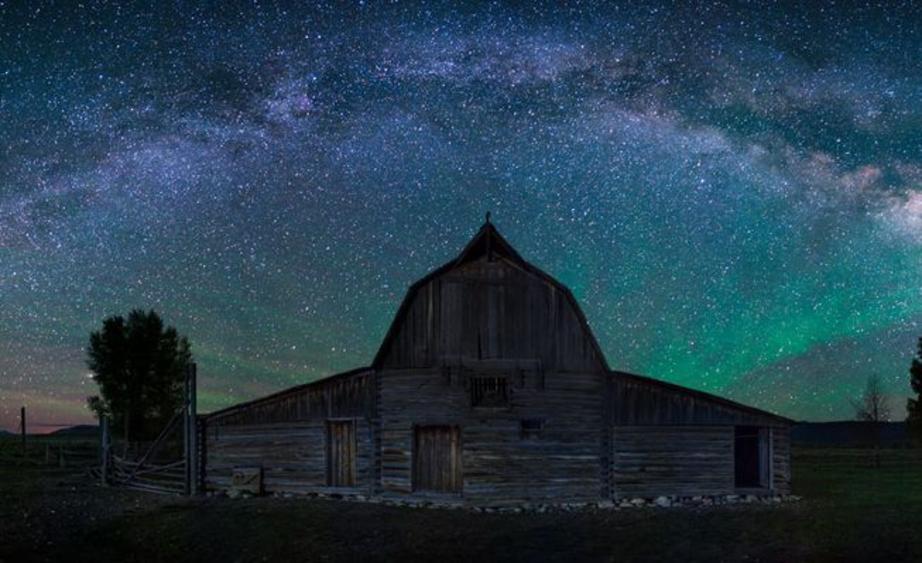What to see in the night sky in September
From an asteroid's close shave to Cassini's final goodbye, here are this month's celestial events.
After last month's day and nighttime celestial fireworks, what could September possibly offer for an encore? Dust off that sweatshirt, grab a blanket for the back lawn, and enjoy the waning weeks of summer while you're looking up into the evening sky. Below are just some of the highlights to look for.
Florence, the 2.7 mile-wide asteroid, grazes Earth (Sept. 1)
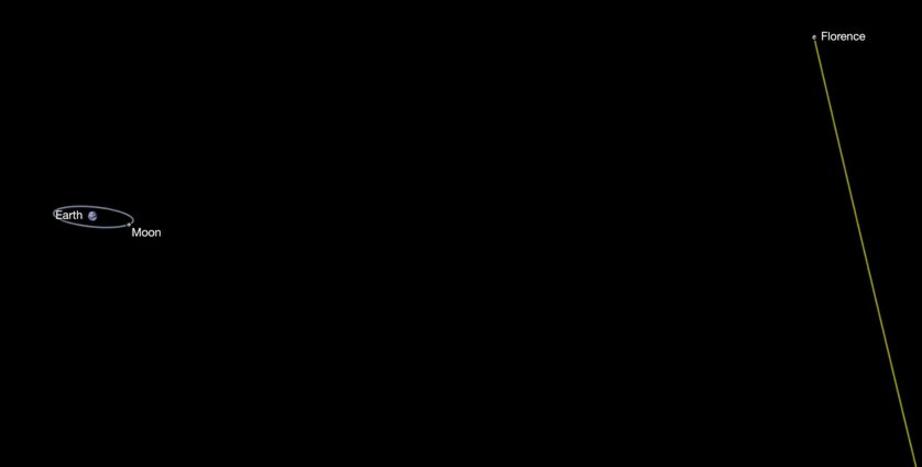
An illustration showing the 'near miss' of Florence as it passes 4.4 million miles from Earth. (Photo: NASA)
September's arrival will coincide with the near-miss of the largest asteroid ever to graze Earth since NASA began monitoring our skies. Named Florence, this 2.7 mile-wide rock will glide past our planet at roughly 4.4 million miles or 18 times the distance from the Earth to the moon.
"While many known asteroids have passed by closer to Earth than Florence will on September 1, all of those were estimated to be smaller," Paul Chodas, manager of NASA’s Center for Near-Earth Object Studies (CNEOS) at the agency's Jet Propulsion Laboratory in Pasadena, California, said in a statement. "Florence is the largest asteroid to pass by our planet this close since the NASA program to detect and track near-Earth asteroids began."
If luck wasn't on our side and Florence collided with Earth, the impact would be catastrophic and possibly life-ending. For comparison, the asteroid or comet that contributed to the death of the dinosaurs was estimated to be roughly 6 miles across.
Thankfully, Florence will instead provide useful information to astronomers keen to learn more about how to track and detect large incoming objects. Backyard scientists can also take a peek: Florence will be visible for several nights from telescopes as it moves across the constellations Piscis Austrinus, Capricornus, Aquarius and Delphinus.
Neptune is ready for its close-up (Sept. 5)
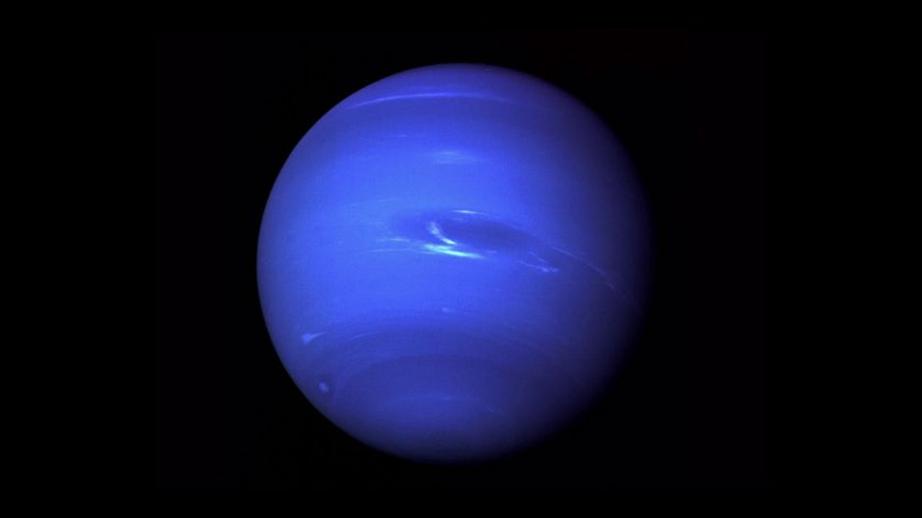
Neptune will make its closest approach to Earth on Sept. 5, a mere 2.7 billion miles away. (Photo: NASA)
Neptune, home to the solar system's fastest wind speeds (1,600 mph), will make its closest approach (perigee) to Earth on Sept. 5. The blue hydrogen and helium giant will be visible in the constellation Aquarius for most of the night. Despite its "close" approach of 2.7 billion miles, the planet will appear as little more than a pale, blue dot. Those with backyard telescopes can get a better view by training their gear on the southeastern sky after midnight local time.
Behold the Full Corn Moon (Sept. 6)

The Full Corn Moon will rise on Sept 6 at 3:04 a.m. EST. (Photo: Patrick Emerson/flickr)
September's full moon, nicknamed the Corn Moon, will rise on Sept. 6 at 3:04 a.m. EST. The moon earned its moniker from Native Americans who would begin harvesting corn in September. For similar reasons, it's also known as the Barley Moon. Other nicknames include the “Moon When the Plums Are Scarlet” by the Lakota Sioux Native Americans and the “Moon When the Deer Paw the Earth” by the Omaha Native Americans.
Sneak a peek at the Epsilon Perseids (Sept. 9)
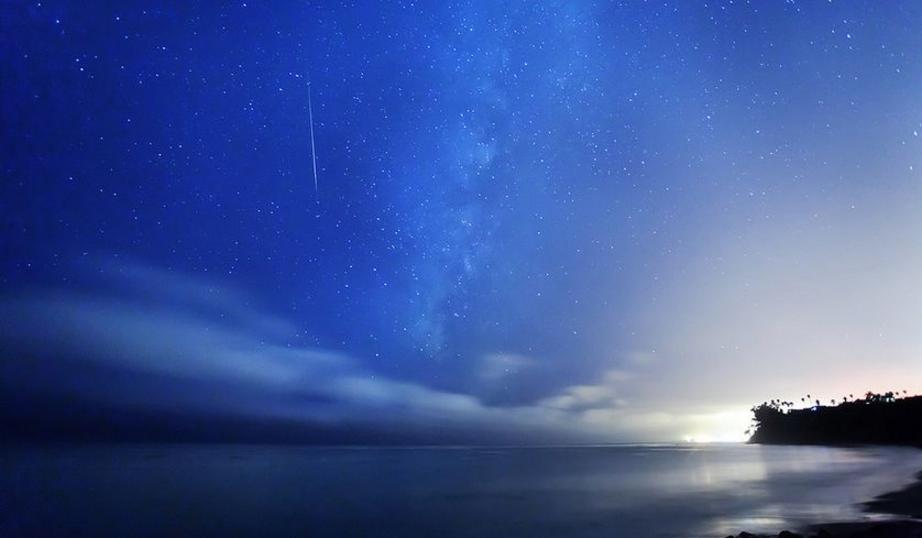
The Epsilon Perseids aren't known for being particularly exciting, but there's always a chance of a surprise fireball or two. (Photo: Dhilung Kirat/flickr)
Ever hear of the September Perseids? Also known as the Epsilon Perseids, this relatively unknown meteor shower peaks on Sept. 9. Their relative obscurity is due largely to the fact that the displays are generally less than impressive, with perhaps no more than five shooting stars per hour. That said, astronomers were caught off-guard in both 2008 and 2013 when outbursts of meteors from the Epsilons graced the skies.
To take a shot at spotting your own rare September fireball, look north towards the constellation Perseus after dark.
Cassini plunges into Saturn (Sept. 15)
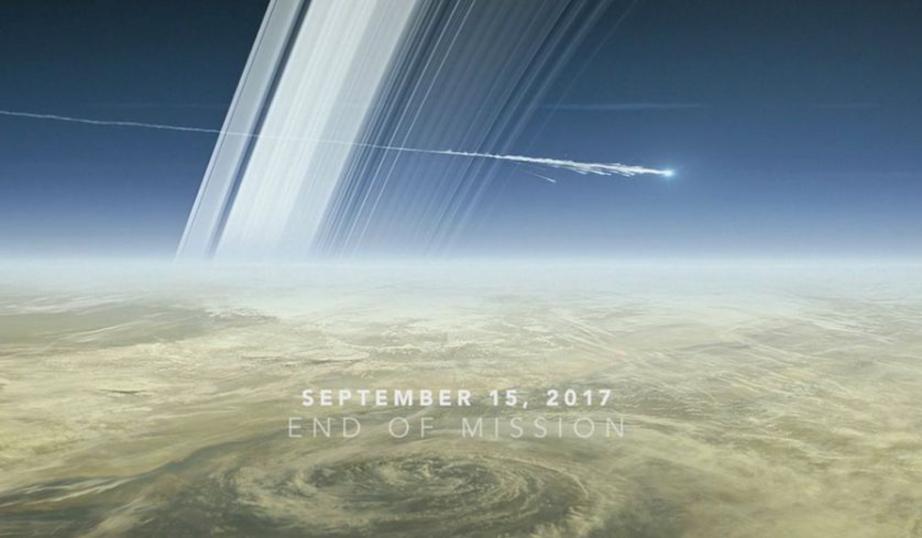
Cassini will end its 20-year mission to Saturn with a dramatic death dive into the ringed planet on Sept. 15. (Photo: NASA)
After 20 years in space, including more than 13 years in orbit around Saturn, the Cassini spacecraft will complete its mission to study the ringed planet and its moons with a dramatic death dive into its atmosphere.
Deemed the "Grand Finale" by NASA scientists, the end for Cassini will come on Sept. 15 at around 6:31 a.m. EST. While the spacecraft still has fuel to be able to conduct a scientific analysis of Saturn, NASA determined that it was better to end the mission now than risk losing control and having Cassini possibly contaminating one of Saturn's moons.
"The Grand Finale represents the culmination of a seven-year plan to use the spacecraft's remaining resources in the most scientifically productive way possible," Earl Maize, Cassini project manager at NASA's Jet Propulsion Laboratory in Pasadena, California, told NewAtlas. "By safely disposing of the spacecraft in Saturn's atmosphere, we avoid any possibility Cassini could impact one of Saturn's moons somewhere down the road, keeping them pristine for future exploration."
Those interested in watching along with NASA as Cassini captured unprecedented new information about Saturn's atmosphere during its final moments can watch a live stream of the historical event here.
Dark skies welcome the New Moon (Sept. 20)
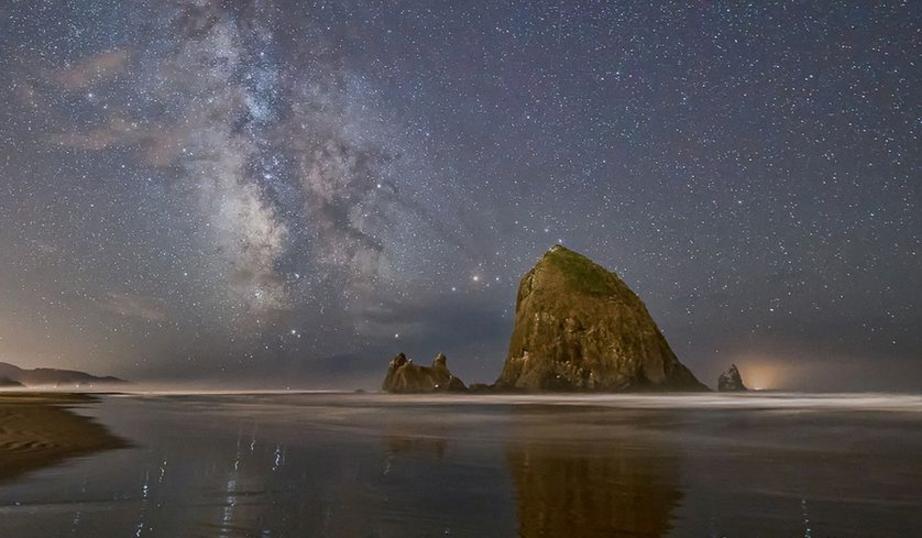
The New Moon's arrival on Sept. 20 will give astronomers in dark sky sites an unimpeded view of the heavens. (Photo: Wenjie Qiao/flickr)
After putting on a show during the total solar eclipse last month, the New Moon of September will stealthily glide across the evening sky and give way to the glow of the heavens. Now is the perfect time to catch dim constellations and other celestial highlights often washed out by the more luminous phases of the moon.
Slip into fall (Sept. 22)
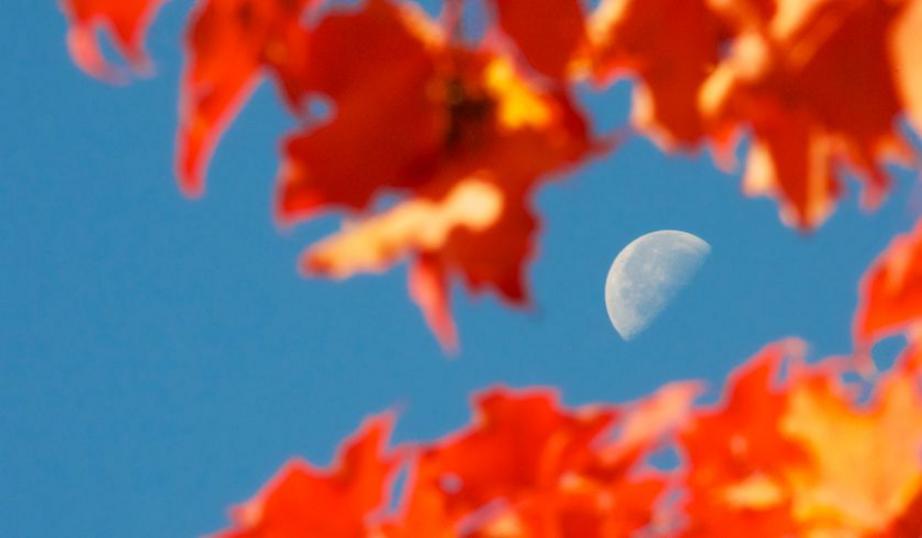
The fall equinox occurs in the Northern Hemisphere on Sept. 22 at 4:02 p.m. EST. (Photo: Jamie McCaffrey/flickr)
On Sept. 22 at 4:02 p.m. EST, we'll say goodbye to the lazy days of summer and welcome the start of fall with the autumnal equinox. According to Time and Date this event marks "the moment the sun crosses the celestial equator – the imaginary line in the sky above the Earth’s equator – from north to south and vice versa in March." It's also a time to start thinking about firewood, carving pumpkins, warmer clothing, and an anticipation of the colder months that lie in wait. According to the Farmer's Almanac, some parts of the U.S. could be in for quite a winter.
Looking ahead to October
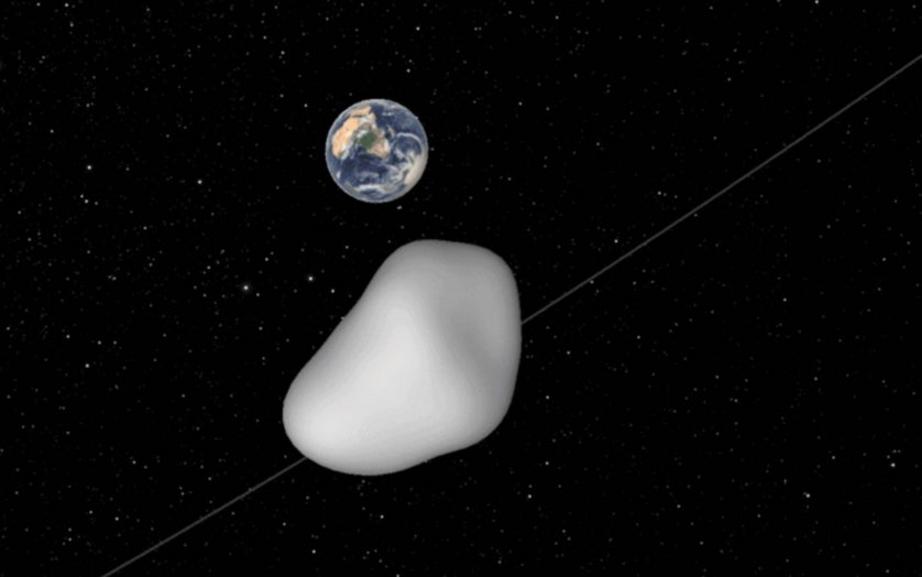
The incoming asteroid 2012 TC4 will provide a much-needed test of NASA's planetary defense network. (Photo: NASA)
The month of ghouls and ghosts brings with a spooky visitor on Oct. 12 in the form of an asteroid named 2012 TC4. Unlike Florence, this rock will "only" be about the size of a house. That said, it will approach much closer — possibly as little as 4,200 miles above the Earth's surface. All eyes will be on 2012 TC4 as NASA flexes its planetary defense network and practices for future visits with more serious consequences.
For the rest of this article please go to source link below.

